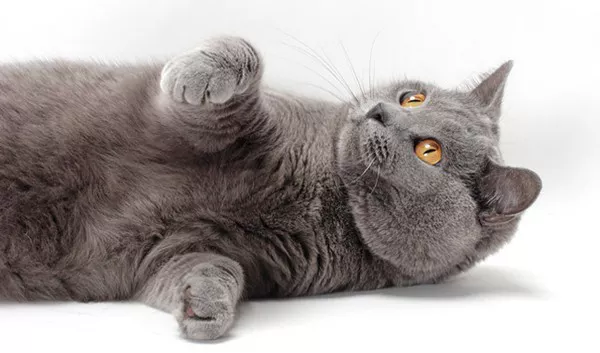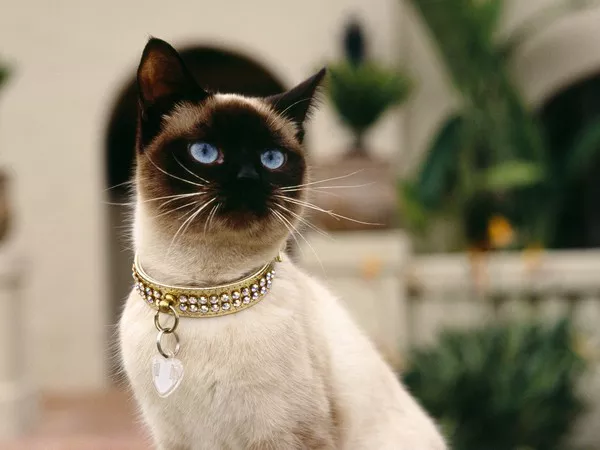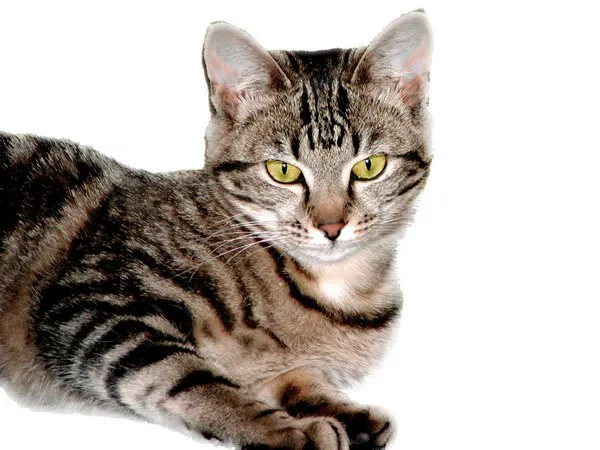The Chartreux, with its enigmatic history and distinctive appearance, stands as a testament to the diverse world of feline breeds. Renowned for their robust health, quiet nature, and striking blue coat, Chartreux cats are a blend of mystery, charm, and companionable silence. This article delves deeply into what makes the Chartreux a unique and sought-after pet, exploring their historical roots, physical characteristics, temperament, care needs, and health considerations.
Historical Background: A Rich Tapestry of Legends
The Origins of the Chartreux
The Chartreux may trace its origins back to France, with legends suggesting these cats were companions to the Carthusian monks of France, known for their dedication to a silent order, possibly influencing the breed’s notably quiet demeanor. Despite these charming tales, no documented evidence directly links the monks to the breed. It is more likely that the Chartreux developed naturally in France and was later refined into the breed known today.
World War and Preservation
The Chartreux breed faced near extinction during World War II, with its numbers dwindling severely. Post-war efforts by European breeders helped to revive the breed, though some breeding programs introduced other cats like British Blues to sustain the population, which caused some dilution of the traditional Chartreux characteristics.
Physical Characteristics: The Hallmarks of the Breed
Coat and Color
One of the most striking features of the Chartreux is its dense, water-repellent woolly coat, colored in various shades of blue-gray, from ash to slate. The texture of their coat is medium to short in length, plush and double-layered, which was historically valued for its fur.
Distinctive Features
Chartreux are known for their robust health and sturdy build. They have a muscular body with broad shoulders, a deep chest, and fine-boned limbs. The head is rounded but not overly so, with full cheeks and a sweet, smiling expression. Their eyes are one of their most captivating features—bright, round, and typically colored a striking copper or deep gold.
Temperament and Behavior: The Quiet Companion
The Silent Nature
True to the legend of their monastic associations, Chartreux cats are known for their quietness; they often do not meow, and if they do, it is in a soft chirp or a barely-there whisper. This makes them ideal for those who appreciate a less vocal feline companion.
Intelligence and Playfulness
Despite their calm demeanor, Chartreux cats are highly intelligent and playful. They are known for their exceptional hunting skills and often exhibit this through playful behavior, enjoying interactive toys and games that stimulate their natural instincts.
Social and Affectionate
Chartreux develop strong bonds with their families. They can be quite affectionate, often following their owners around the house and seeking out physical closeness, although they are not overly demanding of attention. They are good with children and other pets, making them excellent family cats.
Care and Maintenance: Ensuring a Healthy Life
Grooming Needs
The dense coat of the Chartreux requires regular grooming to prevent matting and reduce shedding. Weekly brushing is typically sufficient, but during the spring and fall shedding seasons, more frequent grooming may be necessary.
Dietary Considerations
As with all cats, the Chartreux benefits from high-quality cat food rich in protein. Given their robust build, monitoring their food intake to prevent obesity is crucial. Regular, moderate exercise can help maintain their muscle tone and overall health.
Health Issues and Lifespan
The Chartreux is generally healthy, with a life expectancy of 11 to 15 years. Some genetic conditions can occur, such as polycystic kidney disease (PKD) and hypertrophic cardiomyopathy (HCM), but these are less common. Regular veterinary check-ups are essential to monitor and maintain their health.
Conclusion: The Chartreux as a Lifetime Companion
The Chartreux cat, with its historical mystique, beautiful coat, and loving temperament, offers more than just companionship; it offers a link to a storied past and a presence of serene affection. For those willing to provide the care and attention this breed requires, the Chartreux can be a perfect match—quiet yet playful, robust yet affectionate. Owning a Chartreux is not just about caring for a pet but about enjoying the rich, quietude presence that fills your home with peaceful companionship. Whether nestled quietly on a lap or playfully chasing a ball, the Chartreux embodies the essence of feline grace and resilience, making it one of the most cherished breeds in the feline world.























